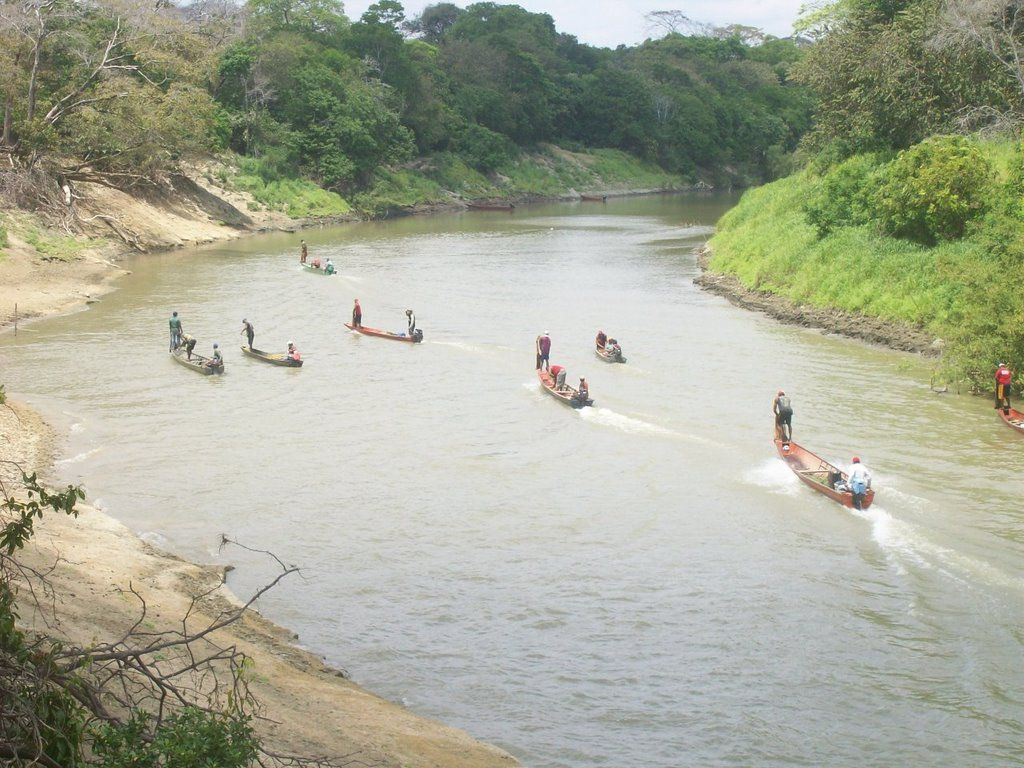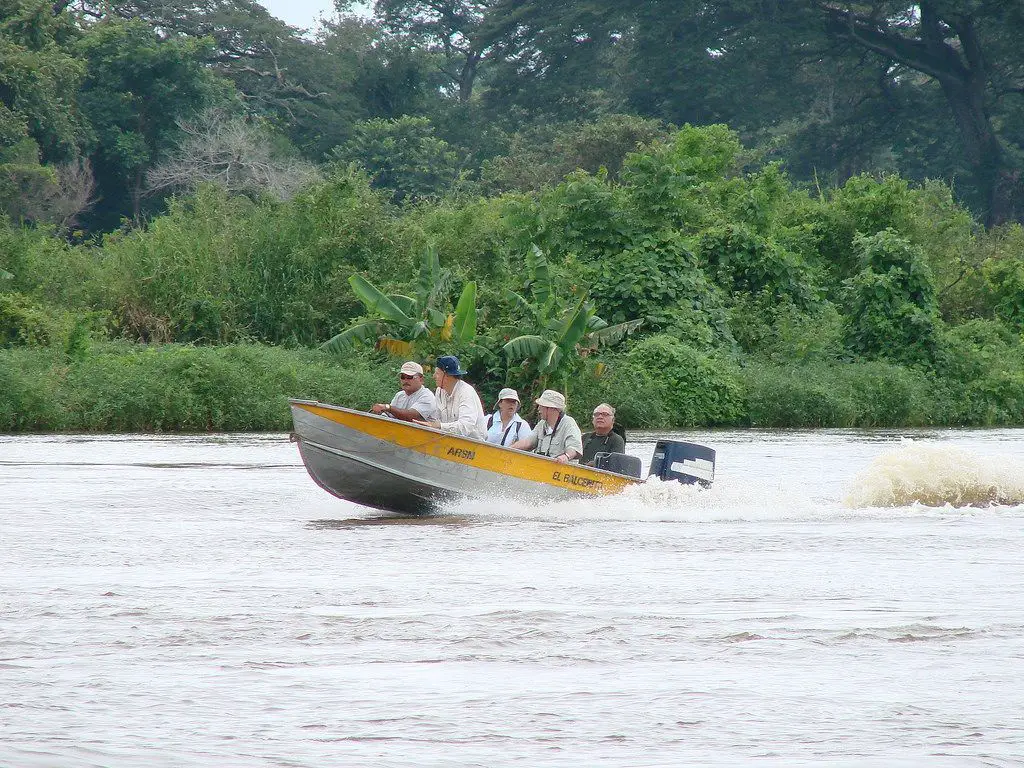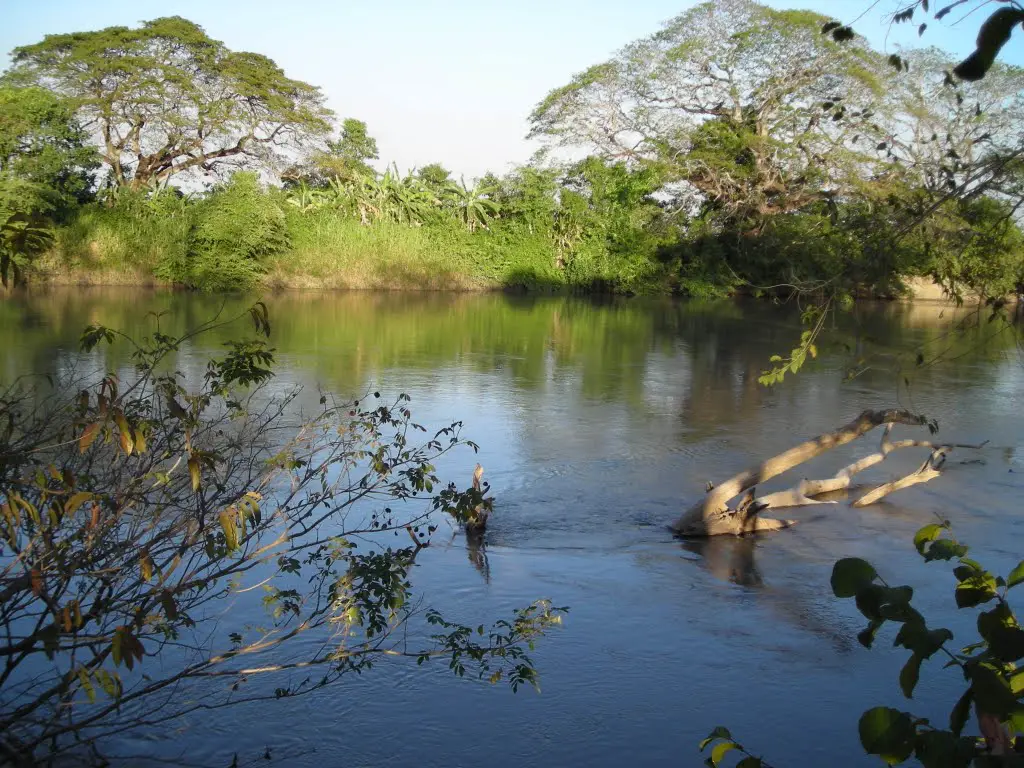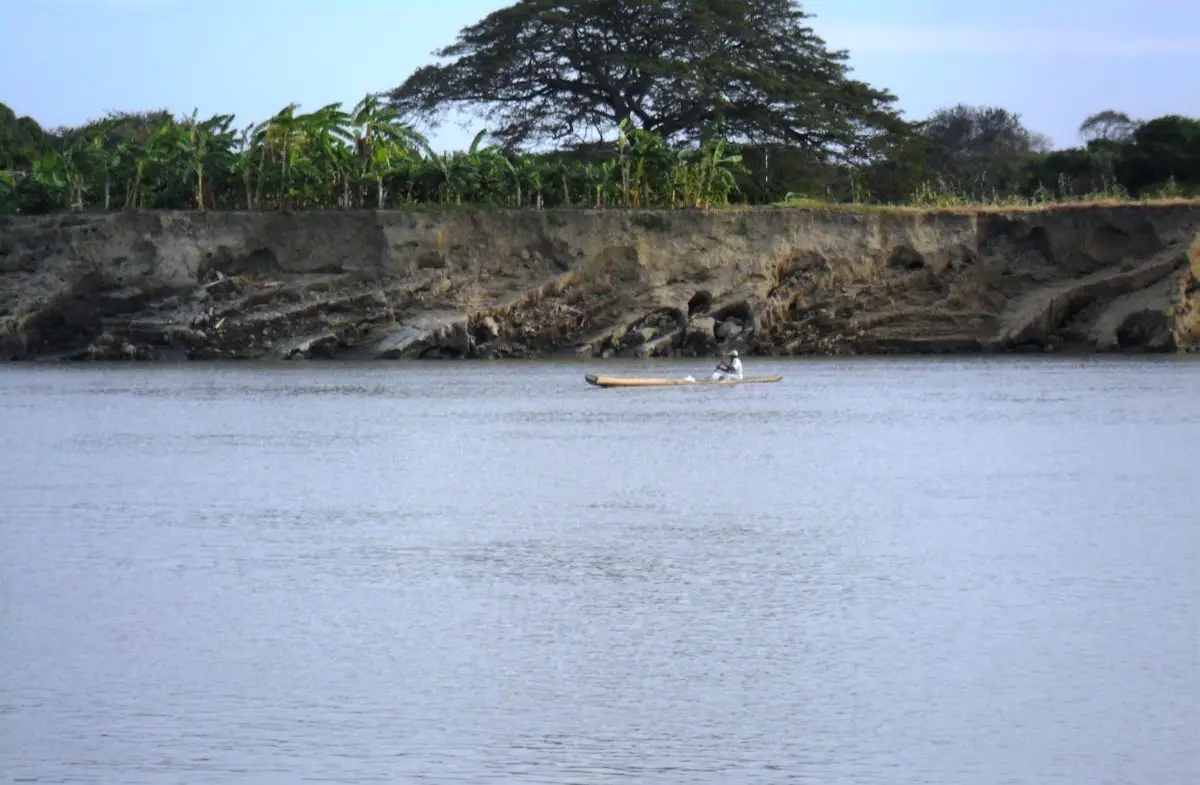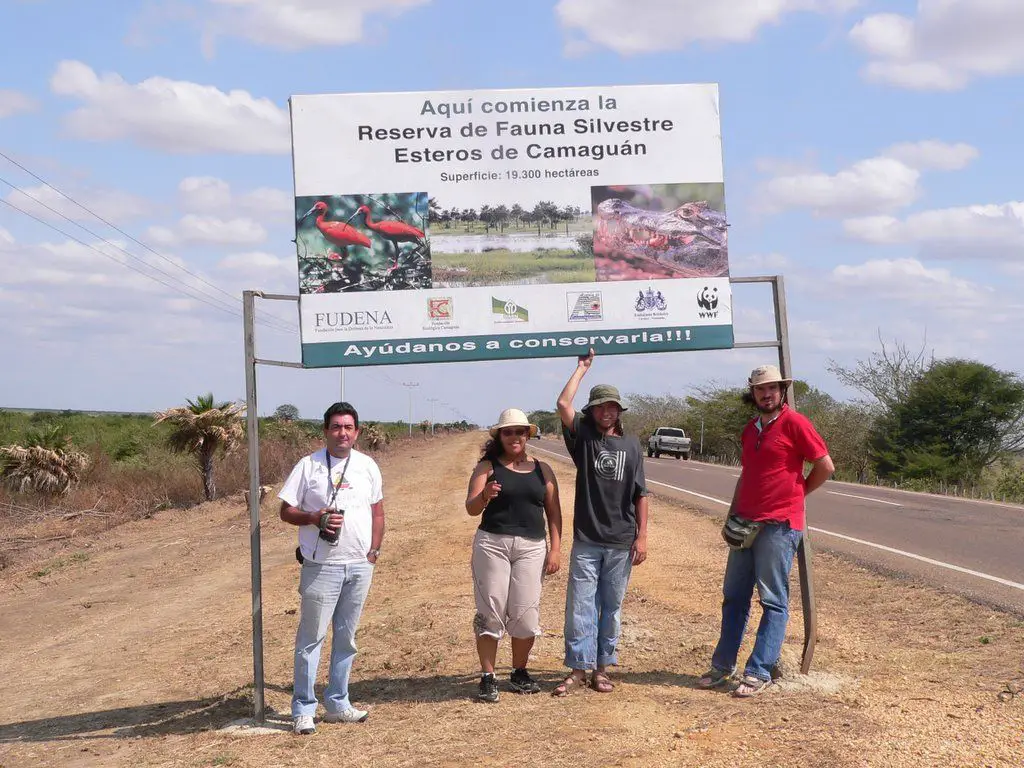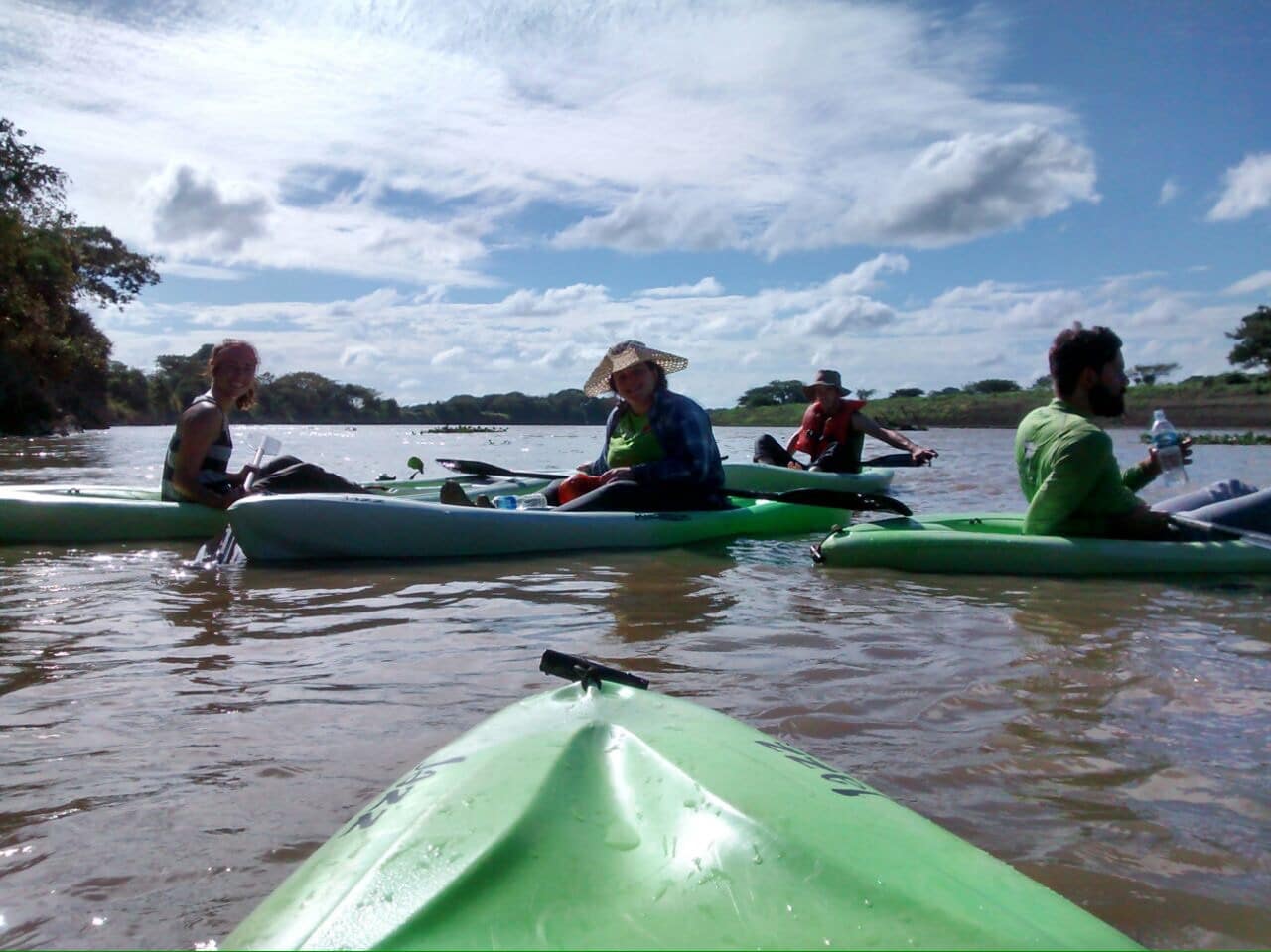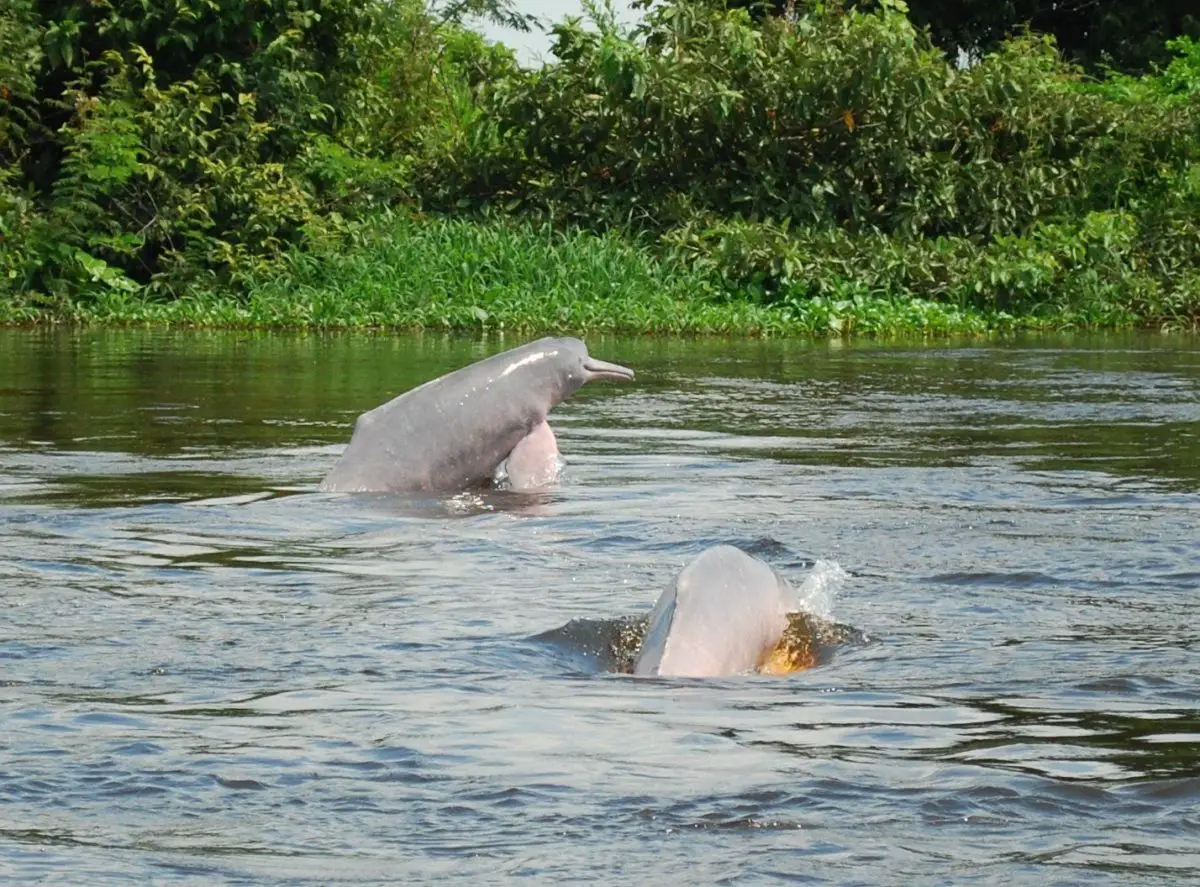The Portuguesa River is a Venezuelan river located in the state of Portuguesa, known as the granary state of Venezuela and the spiritual capital of Venezuela.
The Portuguesa River rises near Biscucuy (a town in the state of Portuguesa) in the Andes, about 1800 metres above sea level. It flows for more than 600 kilometres, of which 348 kilometres are in the state of Portuguesa.
The basin of the River Portuguesa covers an area of about 80,000 square kilometres. It flows into the Apure River.
Its course begins in the State of Portuguesa and continues through the States of Cojedes, Lara, Guárico and Barinas. In the State of Portuguesa, the river occupies more than 60% of the territory. Just as the Manzanares River crosses the state of Sucre, this river crosses the entire state of Portuguesa.
The Río Portuguesa is considered the most important river in the state. It leaves spillways and meanders in its path, creating the estuaries of Camaguán, which are navigable during the rainy season.
Its waters are mainly used to irrigate crops in the area, and there are numerous sandbanks along its long course.
In its extension it receives the Acarigua River, in its passage through the city of the same name, it also receives the Morador, Guache and Guanare Rivers, among others.
This wide and important river was ideal for illicit trade, and the government set up a customs office in the town of Papelón to control its passage. This was the origin of the town of La Aduana.
When the Guanare aqueduct was built, the material for the work (some pipes) was brought in a steamboat that entered the Atlantic Ocean, crossed the Orinoco River, then the Apure River and from there up to the Portuguesa River.
The place where they landed these pipes gave rise to a village known as Los Tubos.
The indigenous people of the region called the river Guanaguanare, which means seagull or place of seagulls, then it was known as El Temeri, the river of the stirrups.
In 1591, a group of Portuguese arrived with the intention of founding towns and settling the country.
Among them was Mr. Melchor Luis, accompanied by his beautiful wife, and it is said that one bad day the Portuguese woman disappeared in the turbulent waters of the river.
From that moment on, the locals referred to the river as the river where the Portuguese woman drowned, or the one that took the Portuguese woman, with the passage of time, to shorten the name, they called it the river of the Portuguese woman, until it was identified as the river Portuguesa.
The river is so important and famous that it gave the state its name.
Although some historians say that the origin of the name is not due to this tragic event, but that the river was named in honour of the Portuguese who came to found the city.
In the waters of the River Portuguesa we can find a great variety of fish, among which we can mention the Caribe, which is like a piranha, the Cachama, the catfish, which cannot be absent in our rivers of the plains.
We can also find the dolphins, which have become the main tourist attraction. They have a specific place where they gather and it is as if they are waiting for the boats or canoes to arrive, as they can be seen at a certain distance when they hear the sound of the engine. You can call them by knocking on the outside of the boat.
In the Camaguán marshes, formed by the waters of the River Portuguesa, we find a great variety of birds, including the white heron, the chigüire and many other species.
The Esteros de Camaguán Wildlife Reserve is located in the Camaguán Marshes, with an area of 19,300 hectares dedicated to the protection of our wildlife.
The Chigüire can be found along the Portuguesa River. It is worth mentioning that this animal is in danger of extinction and hunting is totally forbidden.
Close to the Portuguesa River is the Hato Terecay. Here you can spend a few days relaxing in the camp of the same name.
They specialise in boat trips on the River Portuguesa, with the main aim of getting as close as possible to the Toninas and visiting the Esteros de Camaguán.
They are currently trying out kayak trips and have found that because they don’t have motors, the dolphins are friendlier and come so close you can almost touch them.
If what you want is to enjoy nature in all its splendour, I suggest you go to the plains, I invite you to go to the waters of the Portuguesa River if you are in Venezuela, or the San Francisco River in Brazil, the Colorado in the USA and so many more in every country in the world, to get in touch with nature and get away from the routine of the city.
Watch the video below to see how the dolphins come close to the boat.
Pollution
Although it is a tributary that for the most part is classified as a protected area and is not polluted thanks to the care it receives, in 2016 there was a problem that was called an ecological disaster. This name was given after the investigation of the event that left hundreds of fish dead.
It was found that the contamination was caused by the growth of a natural grass called “gamelote”, which deprives the fish of oxygen. This was caused by the flooding of another tributary due to the heavy rains that overflowed the Caño Milagrito.

